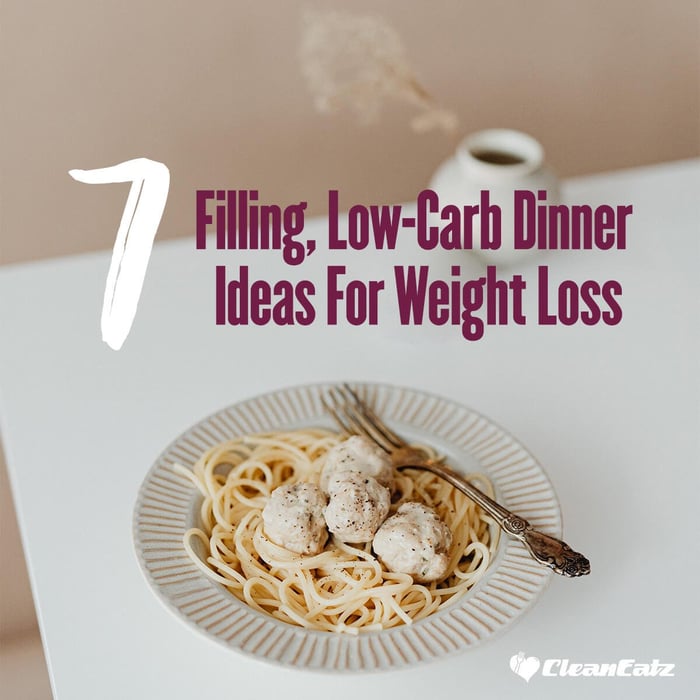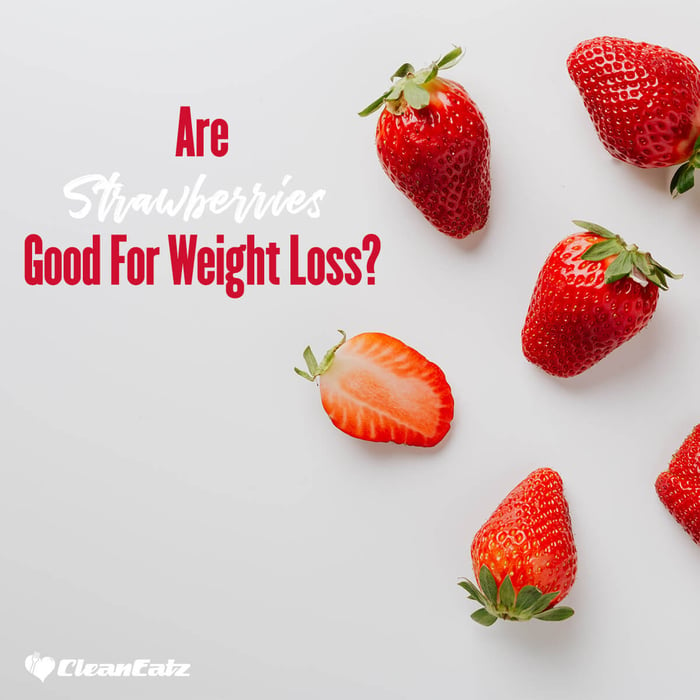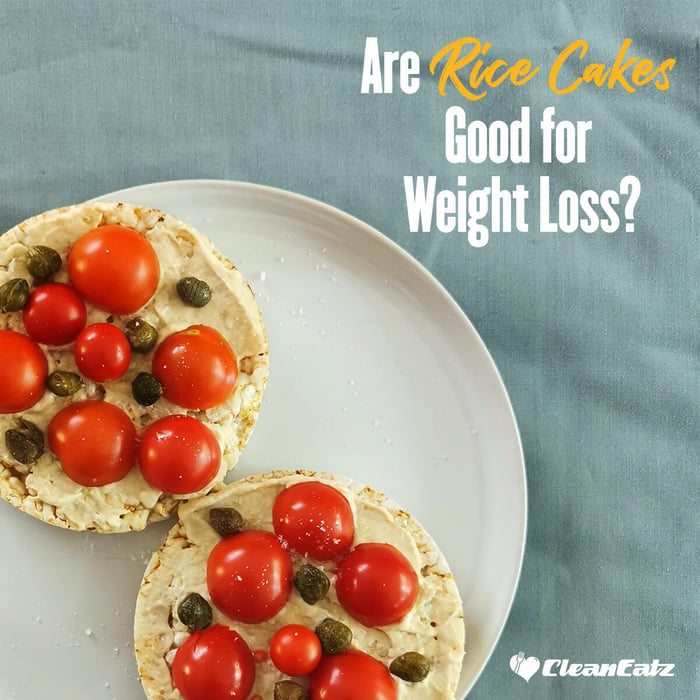TL;DR
- Yes—low-carb dinners can help with weight loss when they’re high in protein and fiber (for fullness) and you keep an overall calorie deficit. Protein helps preserve lean mass; fiber helps regulate hunger. :contentReference[oaicite:0]{index=0}
- Targets per dinner: ~25–40 g protein, 8–15 g net carbs (or ≤20 g for stricter plans), and 8–12 g fiber when possible. There’s no single legal definition of “low-carb,” but patterns below ~130 g/day are commonly described as low-carb. :contentReference[oaicite:1]{index=1}
- Not magic: Low-carb works about as well as low-fat when calories and quality are matched—pick the style you’ll stick with. :contentReference[oaicite:2]{index=2}
Key Takeaways
- Protein + fiber = staying power. Build plates around lean proteins and non-starchy veggies; add healthy fats to taste. :contentReference[oaicite:3]{index=3}
- Reasonable “low-carb.” Many evidence summaries describe low-carb as <130 g/day; keto is usually <50 g/day. We focus on dinner ideas ≤20 g net carbs each. :contentReference[oaicite:4]{index=4}
- Net carbs 101: Net carbs = total carbs − fiber (and sometimes sugar alcohols). It’s a useful shorthand but not FDA-defined. :contentReference[oaicite:5]{index=5}
Updated Data & Definitions
- Low-carb dinner (for this post): a meal targeting ~25–40 g protein, ≤20 g net carbs, lots of non-starchy veg, and satisfying fats.
- Protein per meal: many reviews suggest ~25–30 g high-quality protein per meal supports muscle during weight loss, especially in midlife & older adults. :contentReference[oaicite:6]{index=6}
- Fiber & fullness: higher fiber patterns help regulate hunger and blood sugar; some fibers are more satiating than others. :contentReference[oaicite:7]{index=7}
7 Filling Low-Carb Dinner Ideas
Macros vary by brand and portion—treat these as practical targets.
| Dinner idea | Why it’s filling | Protein | Net carbs | Fiber |
|---|---|---|---|---|
| Lemon-garlic chicken thighs + roasted broccoli | Thighs add satiety; broccoli bumps fiber. | ~35–40 g | ~8–12 g | ~6–8 g |
| Salmon + avocado salsa + cauliflower “rice” | Omega-3 protein + fiber-rich veg swap. | ~30–40 g | ~10–15 g | ~8–10 g |
| Turkey-zucchini meatballs + no-sugar marinara + spaghetti squash | Lean protein; squash keeps carbs in check. | ~30–35 g | ~12–18 g | ~6–8 g |
| Beef & bell-pepper stir-fry (tamari, garlic, ginger) over shredded cabbage | Iron-rich protein; cabbage = fiber/volume. | ~30–40 g | ~10–15 g | ~6–9 g |
| Shrimp fajita bowls (peppers, onions) + cauliflower rice + lime crema | High-protein shrimp; veggie base adds bulk. | ~25–35 g | ~10–15 g | ~6–8 g |
| Greek chicken salad (olive oil, feta, cucumber, tomato, olives) | Protein + mono-unsaturated fats for satiety. | ~30–35 g | ~8–12 g | ~6–9 g |
| Tofu & veggie green-curry skillet (lite coconut milk) over steamed greens | Plant protein + high-volume veg; dairy-free. | ~25–30 g | ~12–18 g | ~8–10 g |
Quick methods (tap to expand)
- Lemon-garlic chicken: Toss thighs with lemon, olive oil, garlic, salt/pepper. Roast 425°F ~25–30 min. Roast broccoli on a second tray (olive oil, salt) 18–22 min.
- Salmon bowls: Pan-sear or bake salmon; stir avocado, lime, cilantro, red onion for salsa; serve over sautéed cauliflower rice.
- Turkey meatballs: Mix ground turkey, grated zucchini, egg, herbs, salt/pepper; bake 400°F ~15–18 min. Warm no-sugar marinara; add spaghetti-squash strands.
- Beef stir-fry: Sear thin beef; remove. Stir-fry peppers/cabbage; add tamari/ginger/garlic; toss beef back in.
- Shrimp fajitas: Sauté onions/peppers; add shrimp with chili-lime seasoning; serve with cauliflower rice and a yogurt-lime crema.
- Greek chicken salad: Combine chopped romaine, cucumber, tomato, olives, feta. Add grilled chicken; dress with olive oil + lemon + oregano.
- Tofu curry: Sear firm tofu cubes; add curry paste + lite coconut milk; simmer with zucchini/spinach; serve over steamed greens.
Tip: If you’re tracking net carbs, remember the term isn’t standardized; your response may vary—use total carbs if you prefer simplicity. :contentReference[oaicite:8]{index=8}
How to Build Any Low-Carb Dinner (3-step formula)
- Pick your protein (25–40 g): chicken, turkey, beef, pork tenderloin, fish, shrimp, tofu/tempeh, eggs. Higher protein supports satiety and lean mass. :contentReference[oaicite:9]{index=9}
- Fill half the plate with non-starchy veg: broccoli, cauliflower, zucchini, leafy greens, peppers, mushrooms, cabbage. Fiber helps keep hunger in check. :contentReference[oaicite:10]{index=10}
- Add smart fats + flavor: olive oil, avocado, nuts/seeds, herbs/spices; keep sauces low in added sugar.
Myths vs Facts
- Myth: “You must go keto to lose fat.” Fact: Low-carb and low-fat perform similarly when calories are matched—choose the approach you’ll sustain. :contentReference[oaicite:11]{index=11}
- Myth: “Fiber doesn’t matter on low-carb.” Fact: Fiber supports fullness and cardiometabolic health—don’t skip veggies. :contentReference[oaicite:12]{index=12}
- Myth: “Net carbs are always accurate.” Fact: They’re a helpful estimate, but not FDA-defined and can be inconsistent across products. :contentReference[oaicite:13]{index=13}
Make Low-Carb Easy with Clean Eatz Kitchen
- Meal Plans — pre-portioned dinners help you hit macros without guesswork.
- High-Protein Snacks — stash for late-night cravings instead of high-carb takeout.
- Nutrition Info — check macros and ingredients fast.
FAQs
How many carbs should a low-carb dinner have?
There’s no single rule; many people keep dinners around 10–20 g net carbs when aiming for <130 g/day, while keto plans often aim for <50 g/day total. :contentReference[oaicite:14]{index=14}
How much protein should I target?
A practical range is 25–40 g per meal to support satiety and muscle, especially during weight loss (older adults may benefit from ~25–30 g per meal). :contentReference[oaicite:15]{index=15}
Do I have to count net carbs?
No. Net carbs (total − fiber) can be a helpful shorthand but aren’t FDA-standardized; using total carbs keeps things simple. :contentReference[oaicite:16]{index=16}
Can I include beans or whole grains?
They’re nutrient-dense but higher in carbs. If you include them, keep portions modest and pair with extra protein/veg.
Is low-carb better than low-fat?
Neither is universally “best.” Studies show similar weight loss when calories are matched—adherence and food quality drive results. :contentReference[oaicite:17]{index=17}




